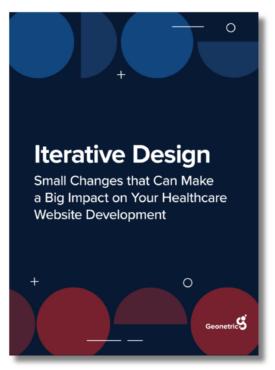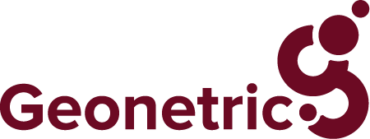For many healthcare marketing teams, events are an essential way to build brand loyalty among current patients and give prospects a glimpse of the care they can expect when they become patients.
But today’s patients are busy — when you post a new event on your website, you’re competing for space in their already packed schedules. So, how can healthcare marketers prove the value of their events and increase the number of signups they receive?
Here are a few healthcare marketing tips to help your events stand out and get more attendees.
1. Define your audience and goals.
Before you ever log into your site’s content management system to post a new event, you need to think about your target audience and your goals.
Is this a class geared toward expecting parents or older adults looking to decrease their fall risk? Do you want attendees to schedule an appointment or take another action at the end, or simply build your brand awareness among your community?
Your chosen audience and goals will inform which healthcare marketing tactics you use to promote and communicate about your event. For example, if you are about to launch a new class for expectant parents, think of the places they’d most likely see the event posting (social media, your maternity care service line page, etc.) and plan to promote the class across those channels.
2. Optimize your website’s event listings
It’s not enough to post an event on a dedicated events page and hope that patients find it. When you have attendance goals and a signup deadline to meet, it’s critical to make sure your event notices are placed where users are most likely to see them and act.
Outside of your events landing page, consider adding event notices to:
- A calendar widget or list on your homepage
- Service line pages that align with the event, if applicable (posting vaccination clinic dates on the preventative care page, exercise class announcements on the orthopedics page, etc.)
- Email newsletters or dedicated events emails
- Your organization’s social media channels
- Paid ad campaigns targeting relevant audiences
Each announcement or listing should give potential attendees all of the information they need about a given event, including the day(s), time, location, parking information, directions, and anything they might need to bring with them.
3. Collaborate with community partners
When it comes to drumming up attendance for an event, your organization doesn’t have to go it alone. Consider partnering with local businesses, nonprofits, media outlets, and even influencers for cross-promotion.
For example, if you’re launching a series of events for parents of small children, you could reach out to a local parenting magazine or social media influencer to post about the event in the weeks leading up to it.
If your event has a tie-in to a timely topic, approaching local media about running a preview story prior to the event can also help raise awareness and registrations.
4. Make signup a breeze
Attendees shouldn’t have to jump through hoops to sign up for your event. Use a form builder platform like Formulate that’s both seamless for your team to set up, and easy and quick for registrants to use.
By removing barriers to signing up and making registration as easy as possible, you can increase the chances that prospective attendees will register instead of bailing once they hit the sign-up form.
5. Offer virtual options
Between COVID-19, seasonal illnesses, and jam-packed schedules, the people who want to attend your events may not be able to.
Your organization can reach a larger audience by offering virtual live and on-demand attendance options, so attendees can tune into the event where and when it’s most convenient for them.
6. Reminders, reminders, reminders!
Life gets busy, and your event may drop off a registrant’s radar after they’ve signed up. Keep your event at the forefront of registrants’ minds with email or text reminder options in the weeks, days, and hours leading up to the event.
This could be as simple as a sentence-long text or email message that says, “REMINDER: [Event] at [your organization] begins tonight at 7 pm in [location].” It’s short, it’s sweet, and it ensures registrants won’t forget to attend!
Ready to meet your event attendance and healthcare marketing goals?
Between our easy-to-use Formulate platform and content marketing expertise, the Geonetric team has the know-how you need to improve the way your organization showcases its events and classes online.
Reach out to our team today to learn more about our services, and how we can take your events and classes to the next level!











